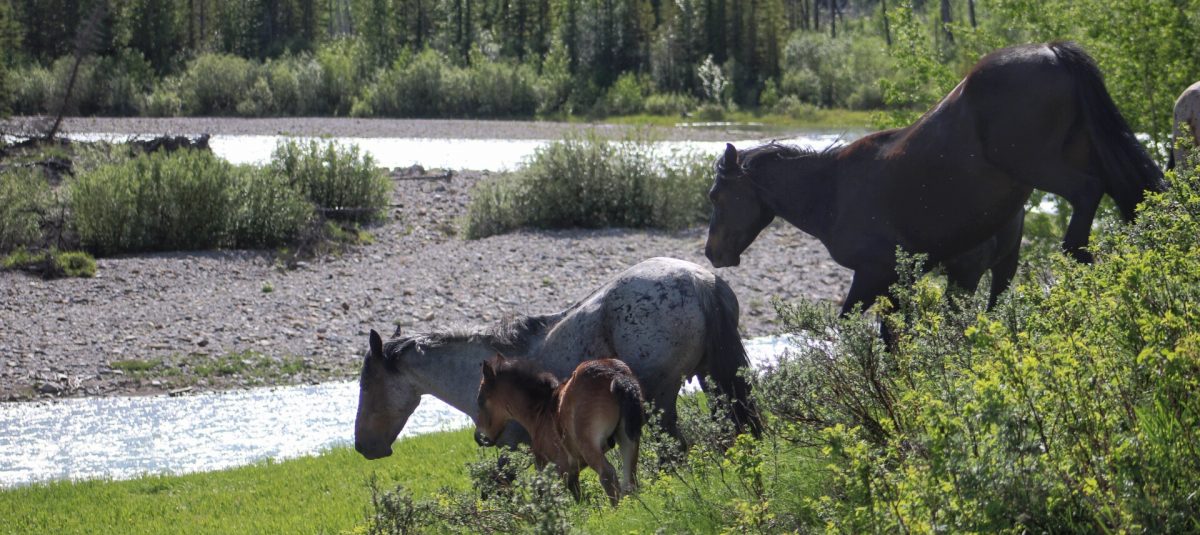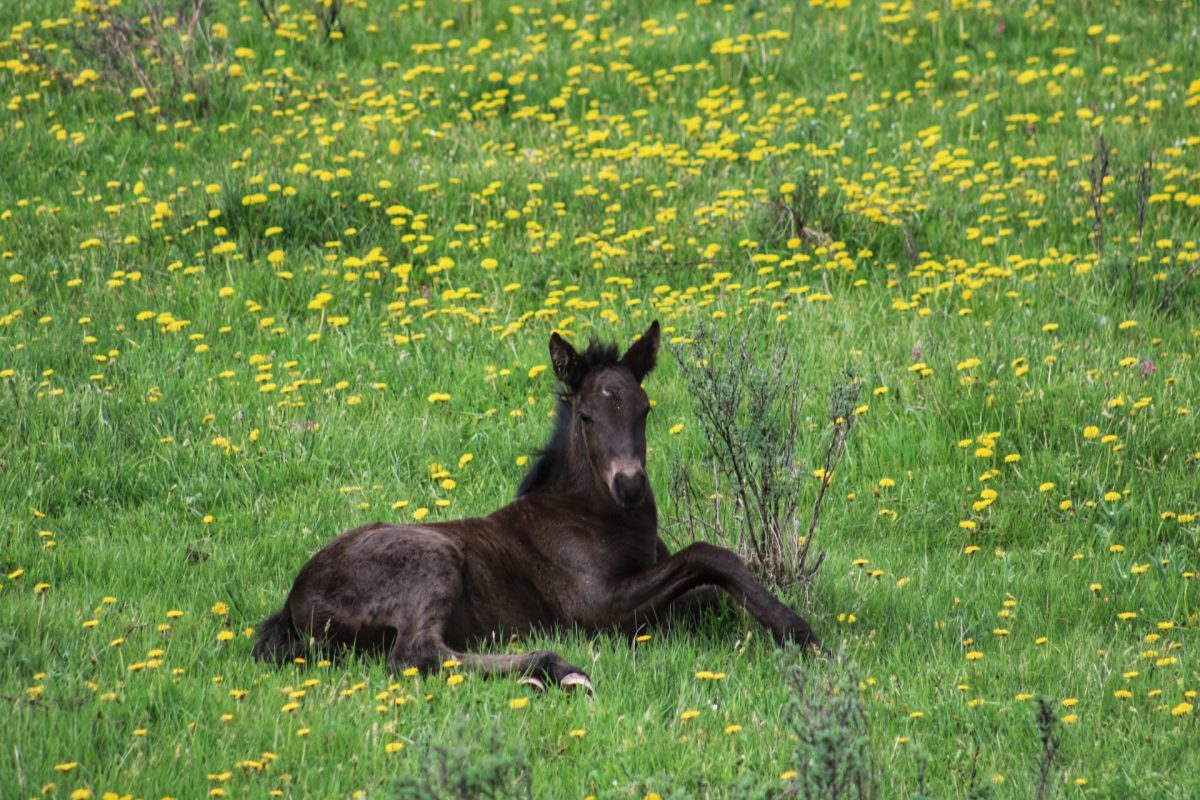There have been many recommended and considered solutions for dealing with the issues presented by feral horses.
Population Surveys and Reports
By studying the population and their impacts on the environment and wildlife, governments can better plan to solve problems the population presents (Dickson, 2019). Population reports and surveys provides the governments with information the can be used to make better informed legislation and regulations.
Capture and Domestication.
Culls have been the most popular historical solutions to handle large populations of wild horses (Dickson, 2019).Culls have taken up to take high percentages of the population. The 1987 and 1988 culls of the silt horses in the Chilcotin area decreased the population by 20% (Dickson, 2019). The Alberta Horse Capture program works to be humane by round-ups and roping while not using snares or traps (Alberta Government, 2020). A common technique is the use of baited corrals. Baited Corrals are when food and water are place in fenced in areas and when the animals enter the areas the gates are closed (Alberta Government, 2020). Once horses are captured, the government passes their adoption out to private organizations. The purpose is to have these horses in new roles of ranch horses or pets (Alberta Government, 2020). The problem with culls is that many of the horses have to destroyed as the gentrification process is not always success. Alberta’s 2012 cull saw most of the 200 horses rounded up destroyed (Lo, 2016).
Birth Control
Alberta has been working on test project where mares are being vaccinated with Zona Stat-H which works as birth control by preventing fertilization (Lo, 2016). This vaccination is commonly known as PZP (Lo, 2016). Local veterinarians are supportive of the use of PZP vaccines (Alberta Government, 2020). This vaccination is not permanent and can be reversed (Lo, 2016). Mares already pregnant with foals are not supposed to suffer negative consequences (Lo, 2016). People do not have to get close to the horses as the vaccination can be administered by darts (Lo, 2016). It is important to note that this vaccination has been used in the United States (Lo, 2016). This solution is not without risks and its own issues. If the vaccination is used for five years consecutively there is a high risk of sterilization (Lo, 2016).

